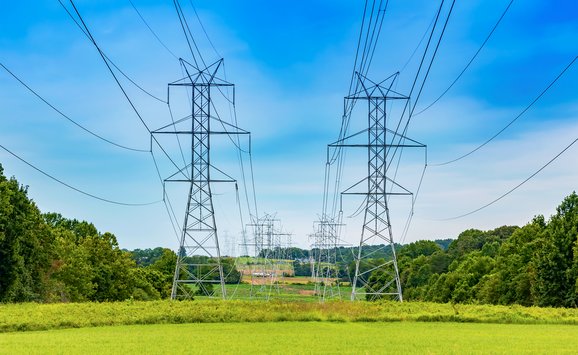This June, at least five of the 10 northeastern states that comprise the Regional Greenhouse Gas Initiative (RGGI) will carry out the first auction prior to the launch of the cap-and-trade program for carbon dioxide (C02) emissions in 2009. This program, the first in the United States, covers CO2 emissions from electricity generators within the region and is the result of a multi-year cooperative effort among states from Maryland to Maine. CO2 emissions will be capped at levels comparable to those at the beginning of this decade and then reduced to 10 percent below the initial cap levels by 2019. Such architecture could serve as a model for a national program to limit CO2 emissions and other greenhouse gases (GHGs).
The June auction will be path breaking for at least two reasons. One is that it will implement the use of an auction for the first time at an important level within a cap-and-trade program. Previously auctions have been used to distribute only a small portion of the emissions caps. Second, the auction will be the first strong signal giving an indication of what a ton of CO2 emissions will be worth in the RGGI market.
Many aspects of the final auction design remain to be worked out, but it is expected to draw on work at RFF. Our recent report, Auction Design for Selling CO2 Emission Allowances Under the Regional Greenhouse Gas Initiative, written in collaboration with Charles Holt and William Shobe of the University of Virginia and Jacob Goeree of the California Institute of Technology, was designed to assist with auction design for the initial sale of allowances in RGGI that will meet the program's goals and criteria.
The RGGI proposal represents a substantial break with the past. Rather than give emissions allowances away for free, the RGGI states agreed to allocate at least 25 percent of the allowances to benefit consumers and to support strategic energy investments. Auctioning allowances is the most straightforward way to implement this policy. More recently, several RGGI states have decided to auction 100 percent of their annual CO2 allowance budgets. As the first GHG cap-and-trade program to start with a substantial auction of allowances, this major regional initiative will have a global impact.
Although auctions are widely used and generally simple to implement, it is important that they be robust and not susceptible to manipulation. We developed an auction design that meets several key criteria, including attaining economic efficiency, so that the auction delivers allowances to those who value them most; deterring collusive behavior by bidders, and providing good signals about market prices. Auctions also should have low administrative costs, be perceived as fair, be transparent and simple, and help minimize price volatility. In addition, auctions should successfully raise revenue from the sale of a valuable public asset and be compatible with existing electricity and energy markets.
The report findings were developed using experimental economic methods, insights taken from the economics literature, and results from past experience with various types of auctions, including prior allowance auctions. We also examined the effect of reserve prices and allowance banking, analyzed how auctions combine with secondary markets, and studied the effects of allowing participation by brokers or other traders not needing allowances for compliance.
Several recommendations on auction design follow from our research and are detailed in the report. Issues including the auction format, clearing price, reserve prices, transparency, what to do with unsold allowances, and market monitoring efforts are addressed, and the analysis is applicable to a large, region-wide auction that involves the participation of all RGGI states. Part of our report looks at potential opportunities for the auction design to address or mitigate concerns that would exist even in the absence of an auction. Where possible, we also comment on adjusting the program design to address these larger market issues.
The report was funded by the New York State Energy Research Development Authority (NYSERDA) on behalf of RGGI. The statements and recommendations in the report are solely the responsibility of the authors and do not necessarily represent the views of NYSERDA or the RGGI Staff Working Group or others associated with RGGI.







